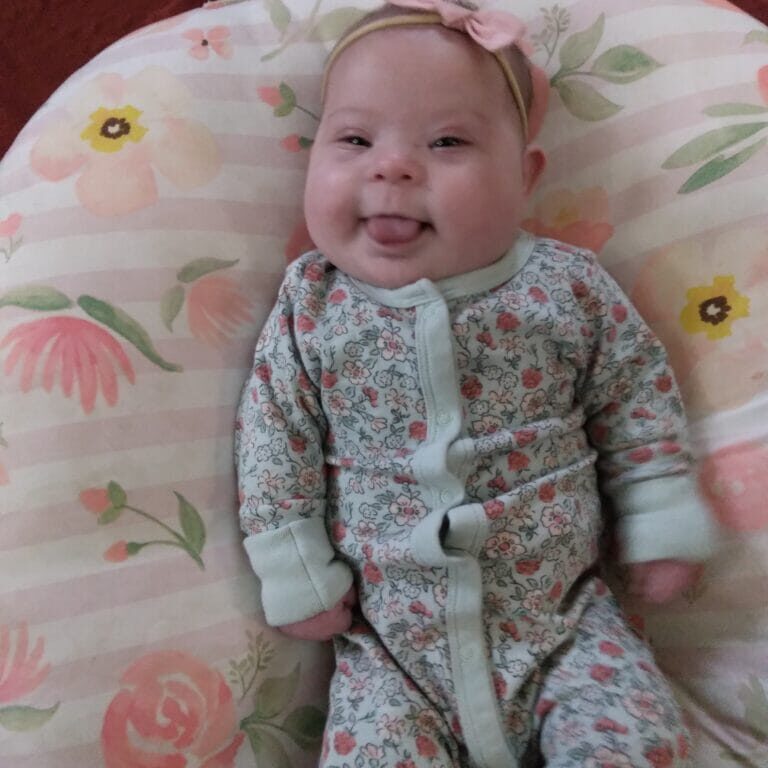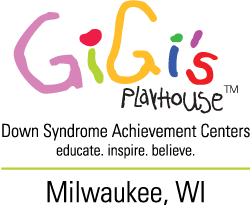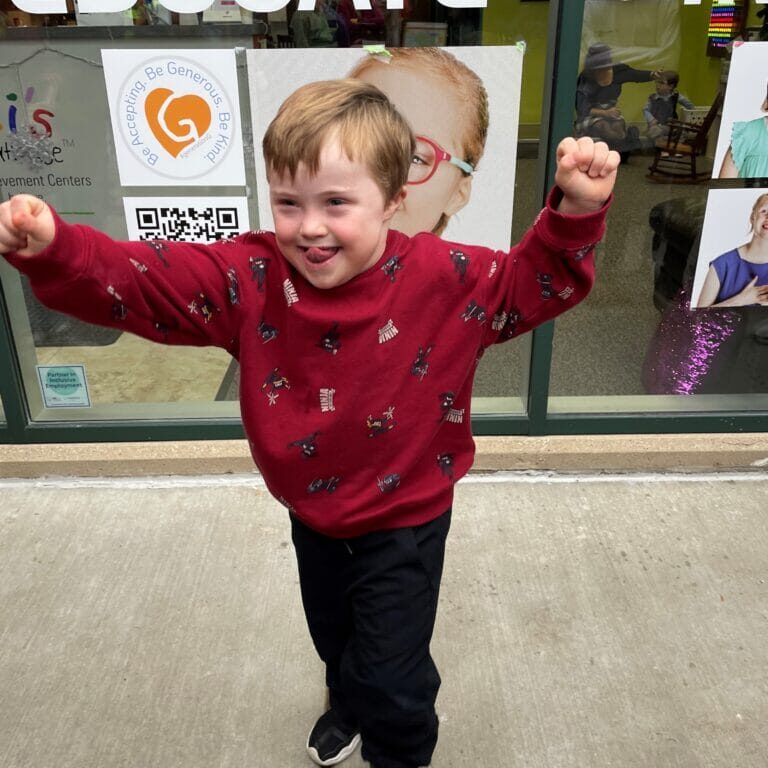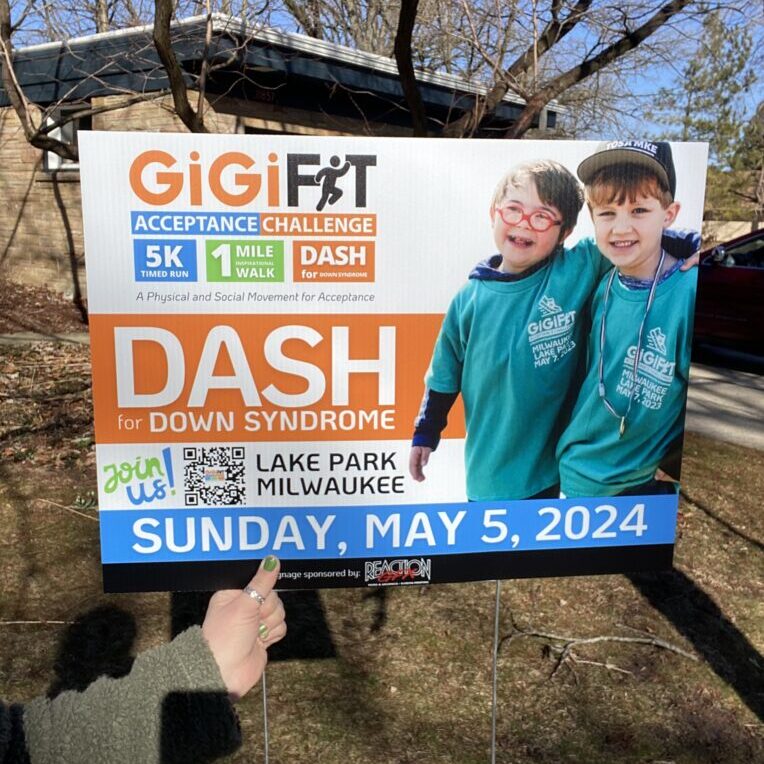A Deeper Understanding of Down Syndrome
Down syndrome, a genetic condition, is often misunderstood. Each individual with Down syndrome is unique, with their own strengths, talents and personalities. Learn more about the different types and characteristics of people born with DS including some FAQs about interacting with individuals with Down syndrome.
What is Down Syndrome?
Down syndrome is a genetic condition characterized by an extra (3) 21st chromosome. This surplus chromosome can lead to intellectual disability and developmental delays, such as speech and motor skill delays. However, each person is unique and the effects of that person’s genetics can differ greatly among individuals with Down syndrome and despite similarities among people with DS, they also have family features and traits.
The Different Types of Down Syndrome
There are three types of Down syndrome. Each type is a result of different genetic occurrences, but all result in an extra 21st chromosome.
- Trisomy 21
- Translocation
- Mosaicism
Physical Characteristics of People with Down Syndrome
People with Down syndrome typically exhibit a range of physical characteristics that can include:
- Facial features: such as a flattened facial profile, upward slanting almond-shaped eyes, a small nose, a protruding tongue, and small ears.
- Low muscle tone (hypotonia): This can result in loose joints, poor muscle strength, and delayed motor skills development.
- Poor muscle tone in the facial muscles: This can contribute to speech difficulties, a tongue that tends to stick out beyond the lips, and a characteristic facial appearance.
- Short stature: Individuals with DS tend to be shorter when compared to the general population.
- Broad hands with short fingers: Their hands may also have a single crease across the palm (known as a simian crease) instead of the typical two creases.
- A wide gap between the first and second toes (sandal gap) may be evident.
It’s important to note that while these physical characteristics are common in individuals with Down syndrome, the severity and presence of these traits can vary widely among individuals and they also take on the physical traits of their family members.
Interacting with People with Down Syndrome
Interacting with individuals with Down syndrome requires the same understanding and respect that you would give to any new person you meet. Here are some frequently asked questions about engaging with them:
What should I say to someone who has Down syndrome? When interacting, always treat them kindly and with dignity. It’s okay to ask questions and engage in conversations, but be sure to use respectful and considerate language that is age-appropriate for each person. You can talk about the same things that you would with other people. Ask about their interests or engage in a conversation based on what is happening.
What is person-first language? The person-first language emphasizes the individual over their disability, promoting respect and understanding. For example, say, “This is my friend David! He has two sisters, loves to dance, and also has Down syndrome.”
Should I feel bad for someone with Down syndrome? Feeling pity or sorrow is unnecessary. Individuals with Down syndrome lead fulfilling lives with their own interests and activities. Remember, their disability doesn’t define them; their character and individuality do.
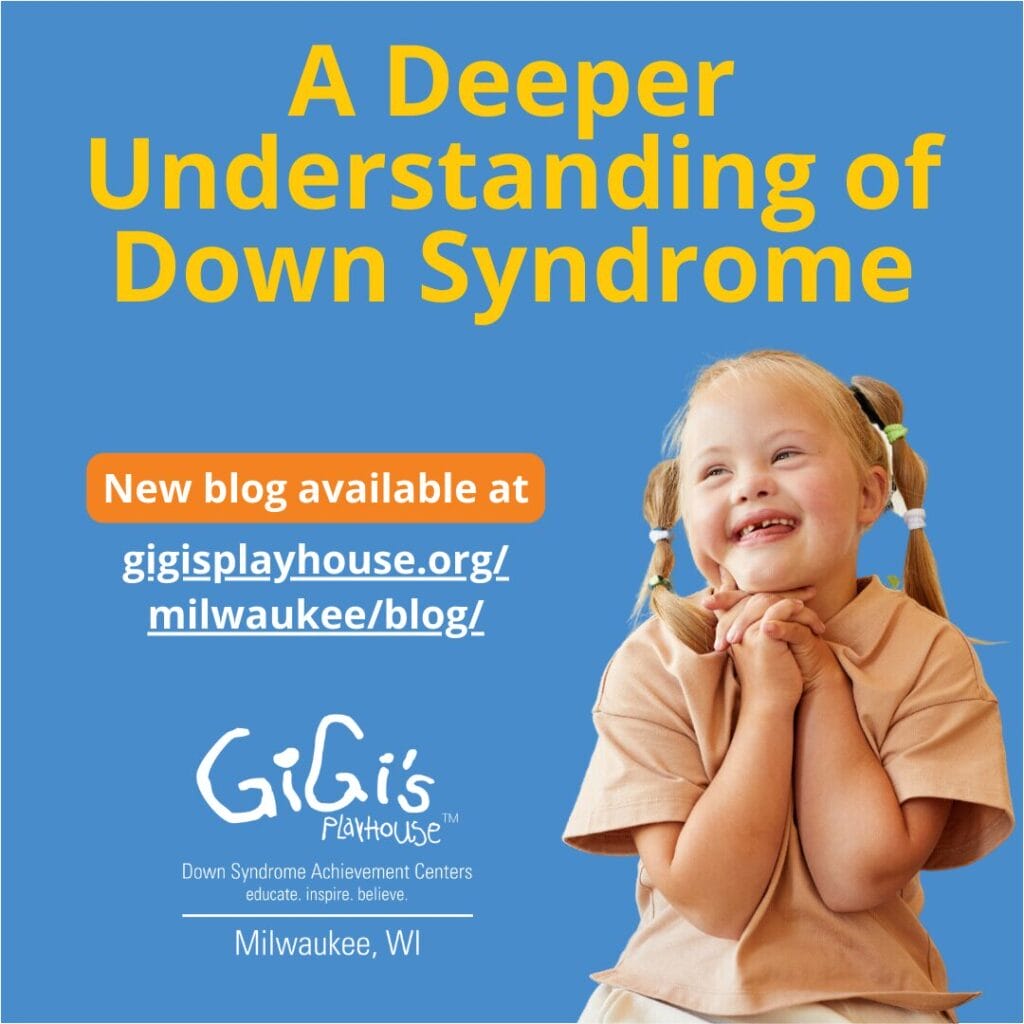
Recent Posts
